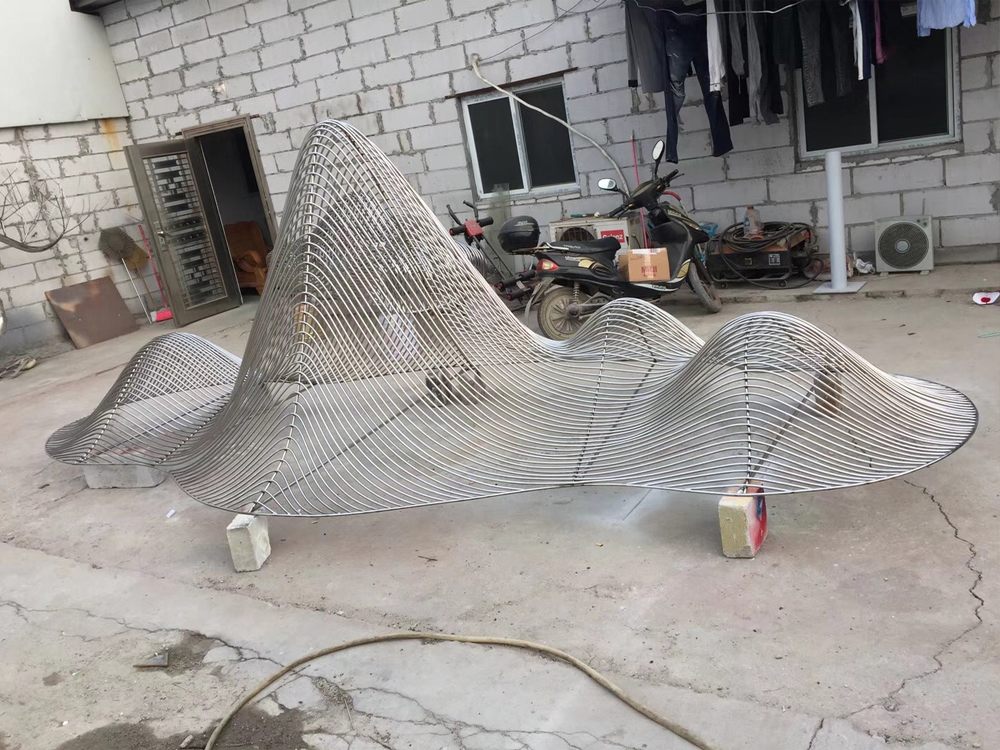
Porcelain sculptures captivate audiences with their delicate beauty and profound artistry. Achieving a harmonious balance between simplicity and complexity is a hallmark of masterful ceramic artists. This delicate equilibrium begins with a clear conceptual vision—artists often start with minimalist forms, allowing the purity of the porcelain to shine through. The smooth, unadorned surfaces highlight the material's natural elegance while serving as a canvas for subtle complexities.
Layering techniques play a pivotal role in this balance. Artists may incorporate intricate carvings, delicate textures, or precise glazing to add depth without overwhelming the piece. The interplay of negative space and detailed elements creates visual tension, guiding the viewer's eye across the sculpture. For instance, a seemingly simple vase might feature a single, meticulously crafted floral motif, where the contrast between the plain body and the ornate detail amplifies both aspects.
Timing is another critical factor. Artists often work in stages, allowing each layer to dry or set before adding finer details. This methodical approach ensures that complexity enhances rather than detracts from the overall simplicity. Additionally, the choice of firing techniques—such as reduction or oxidation—can influence the final balance, affecting color gradients and surface finishes.
Ultimately, the magic lies in restraint. The most impactful porcelain sculptures often appear effortlessly simple at first glance, yet reveal their intricate craftsmanship upon closer inspection. This duality invites viewers to engage deeply, discovering new layers of meaning with each encounter. By mastering this balance, artists transform fragile clay into enduring works of art that resonate across cultures and generations.

